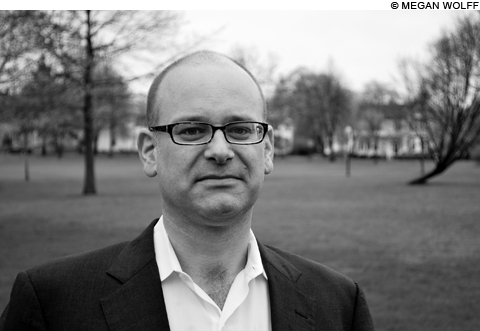There are a few things to remember about Thomas Hart Benton, an iconic American artist who died in 1975 at the age of 85. He was the first artist ever on the cover of Time magazine, Harry Truman liked his work, and he was Jackson Pollock's erstwhile friend and mentor. This last is what those of us who came of age in the '60s remember most — for us Pollock was the pretty nearly the highest point American art had reached.This is a good time for Justin Wolff's new biography, Thomas Hart Benton: A Life. Art has been through some trying and interesting times in recent years, and a lot has changed. A close look at one of the 20th century's more prominent figures is therefore welcome. It shows, among other things, that the more things change the more they remain the same.
And this is a close look indeed. It recounts Benton's childhood in Missouri, son of a congressman and great-nephew and namesake of a notorious 19th-century senator who once killed a man in a duel. Wolff takes us through Benton's childhood, his early commitment to art ( not easy in those days in the Midwest), and through his training in Chicago, a few years in bohemian Paris and on to New York in the midst of the birth of American Modernism.
Wolff, who teaches art history at the University of Maine, shows that Benton was never comfortable, either in Paris or New York, with the new ideas. Benton felt that the art of the Stieglitz circle was elitist, and that a morally superior position would be to create an art that integrated the lessons of art history but reflected the American experience and would be accessible to everybody. Modernism was about the artist, and Benton thought it should be about the American subject. Wolff recounts a running, decades-long nasty feud Benton had with Stuart Davis, among others, about what real American art should be.
It took him until well into his 30s to develop his mature style. Along the way he demonstrated those character traits so common in artistic circles, combative arrogance interlarded with deep insecurity. He was deeply, even angrily, committed to an art that was nationalist and regional: virile American art, not limp-wristed, abstract intellectualism imported from France. His murals piled vignette on vignette with historical scenes, folk songs and stories, working life or entertainment. The critic John Canaday, while sympathetic to Benton, characterized his work as has having a sophistication out of kilter with its bothersome "misalliance between Huck Finn and El Greco." Which seems about right.

JUSTIN WOLFF Giving an illustrated talk at 3 pm Saturday. |
Current thinking about art, especially in academic circles, demands again that art be "about" something, either political or, say, environmental, or that explores (a word widely, and improperly, overused in artist statements — real exploring is difficult, and rare) pseudo-anthropological observations about the lives of people other than the viewer.
The regionalism of Benton, Grant Wood and their colleagues, along with the work of Aaron Copeland, Martha Graham (think Appalachian Spring), William Faulkner, and many others was rooted in the troubles of the Depression and the Dust Bowl. Political and artistic thinking was not so much about the need to help make things better but rather how to do it.